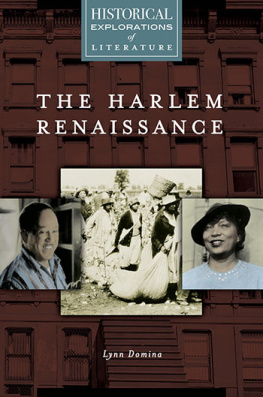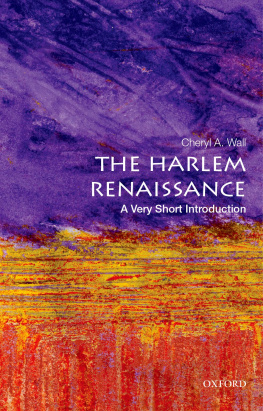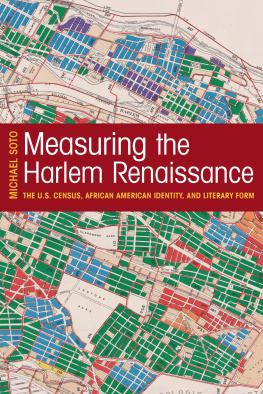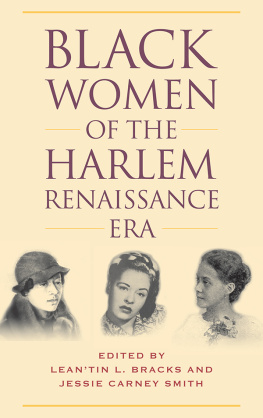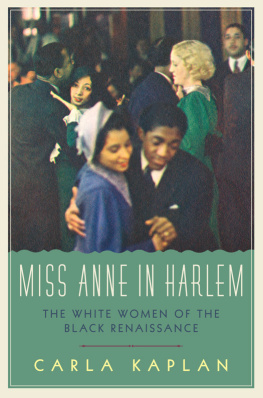Laila Haidarali - Brown Beauty: Color, Sex, and Race from the Harlem Renaissance to World War II
Here you can read online Laila Haidarali - Brown Beauty: Color, Sex, and Race from the Harlem Renaissance to World War II full text of the book (entire story) in english for free. Download pdf and epub, get meaning, cover and reviews about this ebook. City: New York, year: 2018, publisher: NYU Press, genre: History / Science. Description of the work, (preface) as well as reviews are available. Best literature library LitArk.com created for fans of good reading and offers a wide selection of genres:
Romance novel
Science fiction
Adventure
Detective
Science
History
Home and family
Prose
Art
Politics
Computer
Non-fiction
Religion
Business
Children
Humor
Choose a favorite category and find really read worthwhile books. Enjoy immersion in the world of imagination, feel the emotions of the characters or learn something new for yourself, make an fascinating discovery.

- Book:Brown Beauty: Color, Sex, and Race from the Harlem Renaissance to World War II
- Author:
- Publisher:NYU Press
- Genre:
- Year:2018
- City:New York
- Rating:5 / 5
- Favourites:Add to favourites
- Your mark:
Brown Beauty: Color, Sex, and Race from the Harlem Renaissance to World War II: summary, description and annotation
We offer to read an annotation, description, summary or preface (depends on what the author of the book "Brown Beauty: Color, Sex, and Race from the Harlem Renaissance to World War II" wrote himself). If you haven't found the necessary information about the book — write in the comments, we will try to find it.
Between the Harlem Renaissance and the end of World War II, a complicated discourse emerged surrounding considerations of appearance of African American women and expressions of race, class, and status. Brown Beauty considers how the media created a beauty ideal for these women, emphasizing different representations and expressions of brown skin.
Haidarali contends that the idea of brown as a respectable shade was carefully constructed through print and visual media in the interwar era. Throughout this period, brownness of skin came to be idealized as the real, representational, and respectable complexion of African American middle class women. Shades of brown became channels that facilitated discussions of race, class, and gender in a way that would develop lasting cultural effects for an ever-modernizing world.
Building on an impressive range of visual and media sourcesfrom newspapers, journals, magazines, and newsletters to commercial advertisingHaidarali locates a complex, and sometimes contradictory, set of cultural values at the core of representations of women, envisioned as brown-skin. She explores how brownness affected socially-mobile New Negro women in the urban environment during the interwar years, showing how the majority of messages on brownness were directed at an aspirant middle-class. By tracing browns changing meanings across this period, and showing how a visual language of brown grew into a dynamic racial shorthand used to denote modern African American womanhood, Brown Beauty demonstrates the myriad values and judgments, compromises and contradictions involved in the social evaluation of women. This book is an eye-opening account of the intense dynamics between racial identity and the influence mass media has on what, and who we consider beautiful.
Laila Haidarali: author's other books
Who wrote Brown Beauty: Color, Sex, and Race from the Harlem Renaissance to World War II? Find out the surname, the name of the author of the book and a list of all author's works by series.

